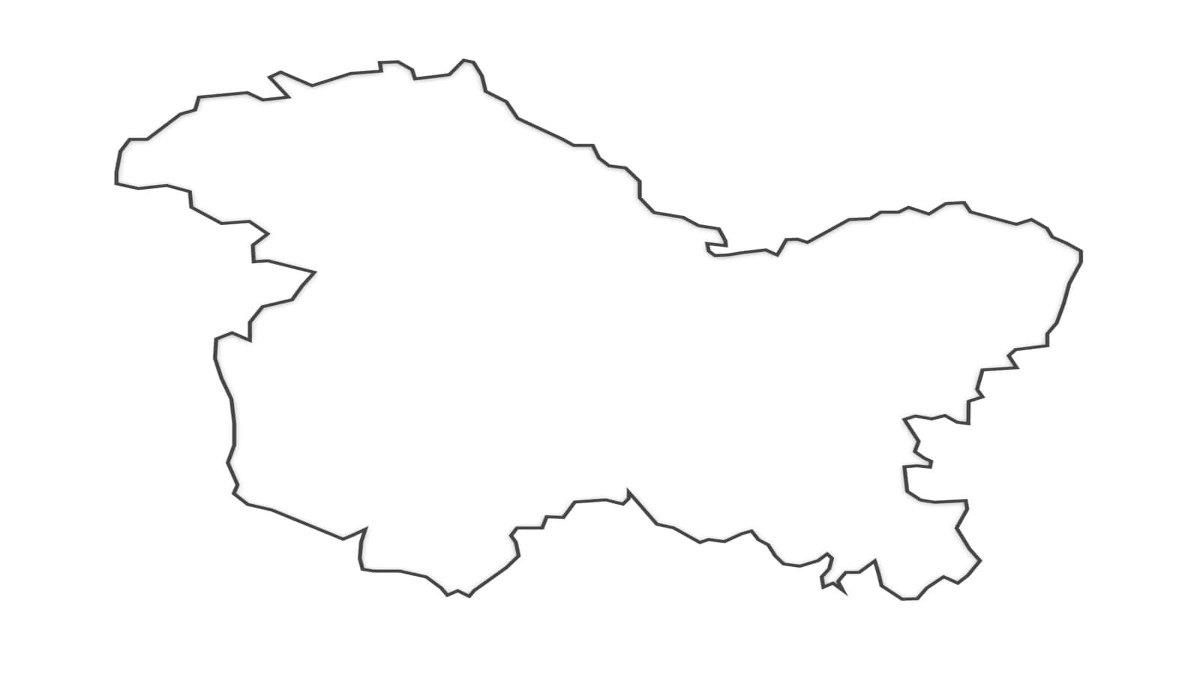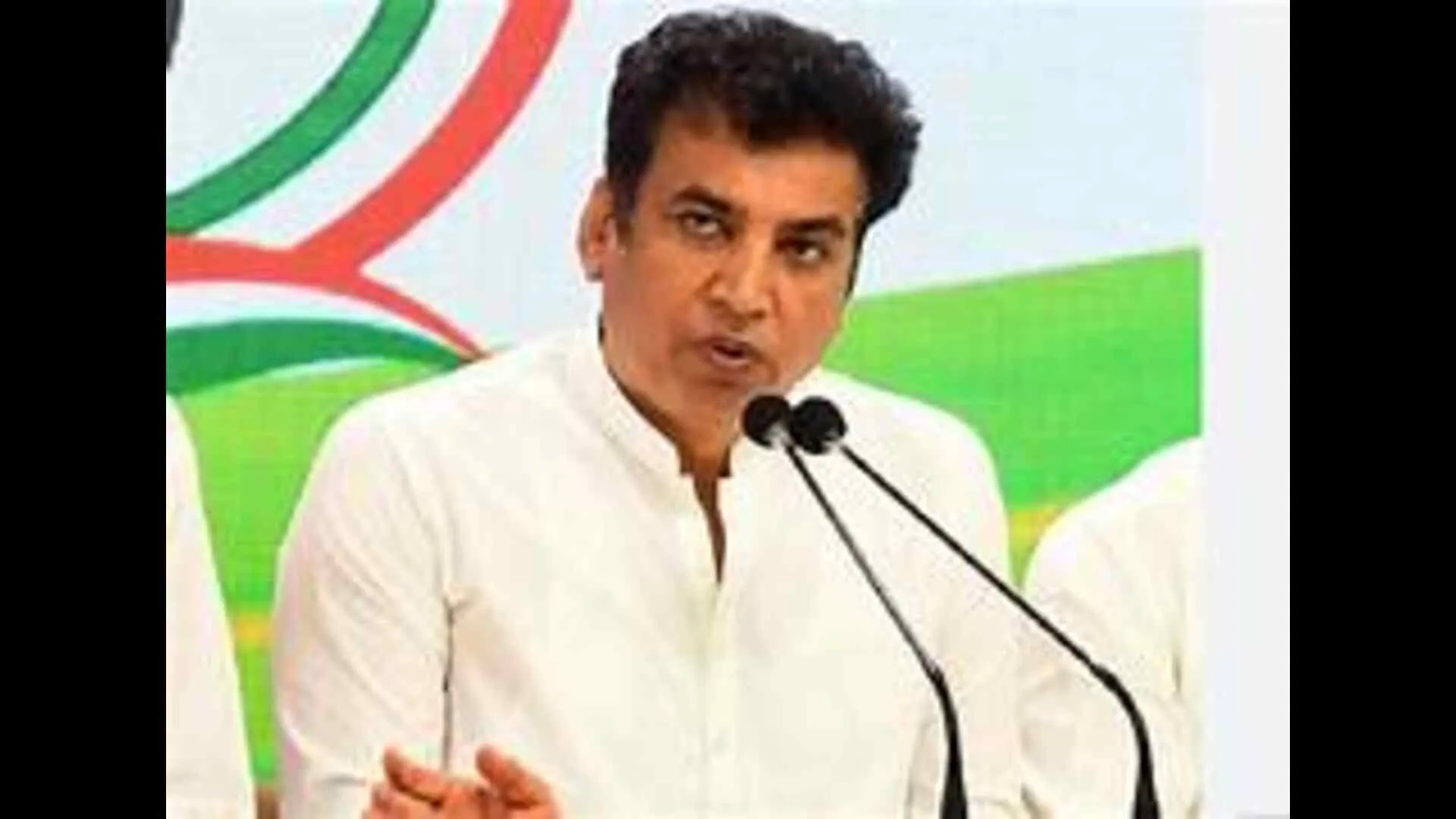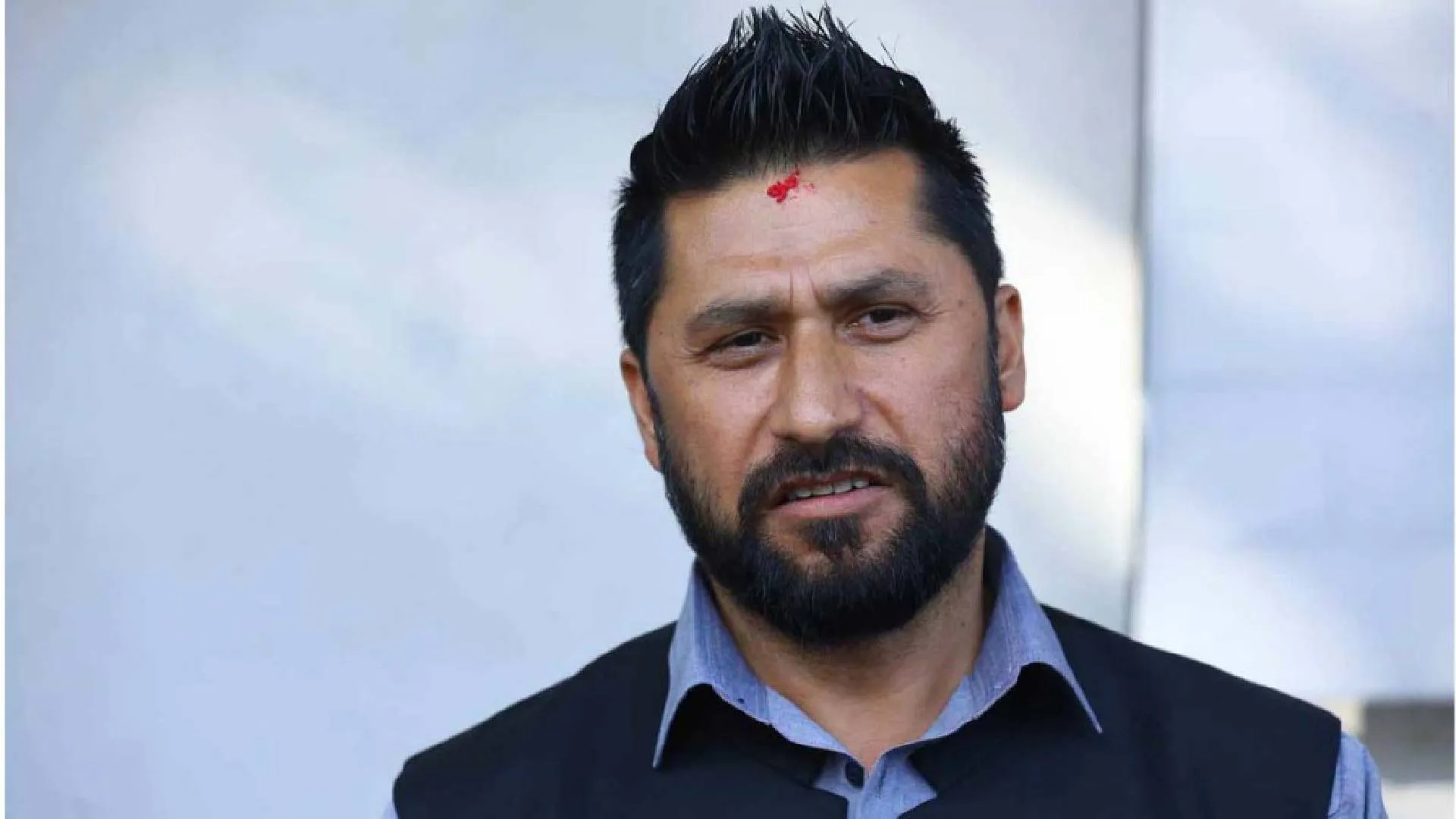Till recent times, not only the Jammu and Kashmir police, but even the security experts in the country used to brush aside the flashing of the ISIS flags in Kashmir as a publicity stunt of some not-so-serious gully boys. But now the busting of a functional ISIS module in Kashmir has turned the threat real and physical. The National Investigation Agency (NIA), which conducted multiple raids in Kashmir valley last week and arrested at least people who were directly or indirectly connected with ISIS, has blown the lid off ISIS’ activities in Kashmir.
The biggest catch for NIA, however, was Umar Nisar along with his two associates Tanveer Ahmed Bhat and Rameez Ahmed Lone. At the first instance, it seemed like a routine arrest by the NIA. But one week of interrogation has turned out to be a gold mine for the investigating agency.
During sustained interrogation, NIA found that Umar Nisar was in fact Qasim Khorasani—the founder of ISIS in Kashmir valley. Sustained interrogation of Umar Nisar has revealed the designs of ISIS in Kashmir valley and other parts of the country.
Khorasani came on NIA radar in April 2020, when he was found active in a messaging group discussing Gazwat-ul-Hind (Jihad in Hindustan) and his online publication Voice of Al-Hind. Since then, the intelligence agencies have been tracking his movement and activities both online and offline.
Khorasan is actually a place in Afghanistan and investigating agencies believed that Khorasani was
a Pakistani or Afghani terrorist operating from that place. However, they landed on a goldmine when it was found that Khorasani is actually a Kashmiri youth operating from South Kashmir’s small town Achabal which falls in Anantnag district. Khorasani was found chatting with group members on Telegram about the production and circulation of magazine Swat Al-Hind (Voice of Hind), which would propagate the idea of Wilayat Al-Hind (Islamic State province in India).
Intelligence sources told ITV Network that the outfit Wilayat Al-Hind (Islamic State province in India) was established in May 2019. The idea was to focus on India-specific activities and incite Indian Muslims. Sources said that the platform also invoked Ghazwa-e-Hind, which means “Holy War against India”. According to Ghazwa-e-Hind, forces from Syria with black flags will come marching towards India and will conquer the country and convert it into an Islamic state.
It started Swat Al-Hind (Voice of India) magazine in February 2020 under the guidance of Islamic State of Iraq and the Levant-Khurasan (ISKP) handlers. So far, 17 issues of the magazine have been released. The first issue was launched on media channel Al-Qital and pivoted around the idea that “nationalism was a disease”.
The NIA stated that the Islamic State terrorists were operating from various conflict zones with its cadre in India, and have created a network in which ISIS-related propaganda is disseminated to radicalise and recruit members into its fold by assuming pseudo identities online.
Apart from the three arrests, security agencies also seized a large number of incriminating documents and digital devices such as mobile phones, tablets, laptops and hard disks, and T-shirts having the ISIS logo. ISIS J&K chief Umar Nisar Bhat aka Qasim Khorasani has confessed to officials that Swat al-Hind magazine was regularly released in Pakistan and he was in touch with Pakistan-based teams on social media.
Khorasani also accepted that he had links with Bangladesh- and Maldives-based Islamic Ameer (chief), which he could have used to expand terrorist propaganda networks.
He also said he was in contact with Pakistani national Huzaif Al-Bakistani who was killed in a US drone strike in Afghanistan and was responsible for radicalisation of Indian youth. Khorasani also communicated with another Aijaz Ahangar, a Kashmiri resident who fled to Pakistan and now lives in Afghanistan and is a chief recruiter of the Islamic State Jammu and Kashmir. ISIS and Kashmir Connection
Though busting of ISIS module by NIA happened just last week, reports of group’s activities in Kashmir date back to July 2017 when another cell called Ansarul Khilafah in Jammu and Kashmir used a messaging app to disseminate ISIS propaganda materials. ISIS’ first attacks against security forces deployed in Kashmir occurred soon on November 17, 2017. Pro-IS militants also targeted separatist Hurriyat leader Fazal Haq Qureshi, who is a pro-dialogue separatist leader and has taken part in number of talks with the Indian government. Haq has not been heard since he was attacked and had a miraculous escape. He however remained bed ridden for years. A policeman was killed in the attack on Haq.
After these two attacks, on March 11, 2018, three pro-IS militants were killed in an encounter in Anantnag. This was after this attack that security agencies, which had initially denied IS’ presence in Kashmir, finally admitted that IS had a presence in the state.
Following the March 2018 Anantnag encounter, security agencies went after pro-ISIS formations. In June 2018, an IS “emir” in Kashmir issued an Eid al-Fitr message urging Muslims to carry out lone-wolf operations. IS-H officially claimed its first attack in early February 2020 when its fighters targeted a CRPF checkpoint on Srinagar’s outskirts. Later that same month, ISIS’ Arabic-language newsletter al-Naba claimed several previously unclaimed attacks in Kashmir.
Following a major offensive launched by the security forces, IS-H was weakened substantially in its Kashmir. Operational setbacks in terms of the deaths and arrests of IS-H fighters and a decreasing attack tempo, however, did not halt pro-IS propaganda.























